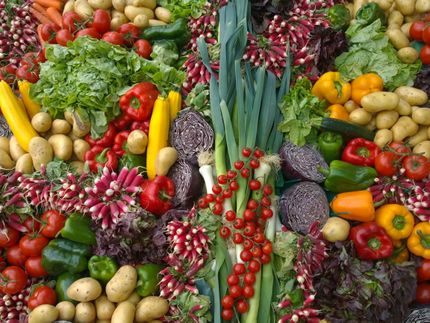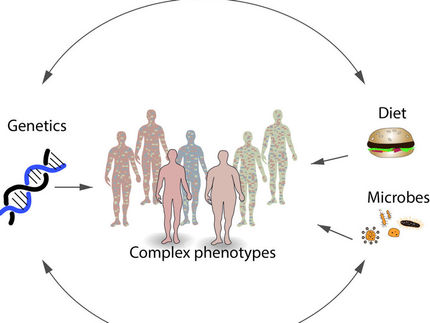Reducing salt, sugar and fat in food and drink
Advertisement
A growing number of Indian consumers are focusing on healthy living, with more than half of urban Indians saying one of their top goals over the next three years is to live a healthier lifestyle. What’s more, consumers are now attempting to eat more nutritious food compared to a year ago, according to Mintel research.
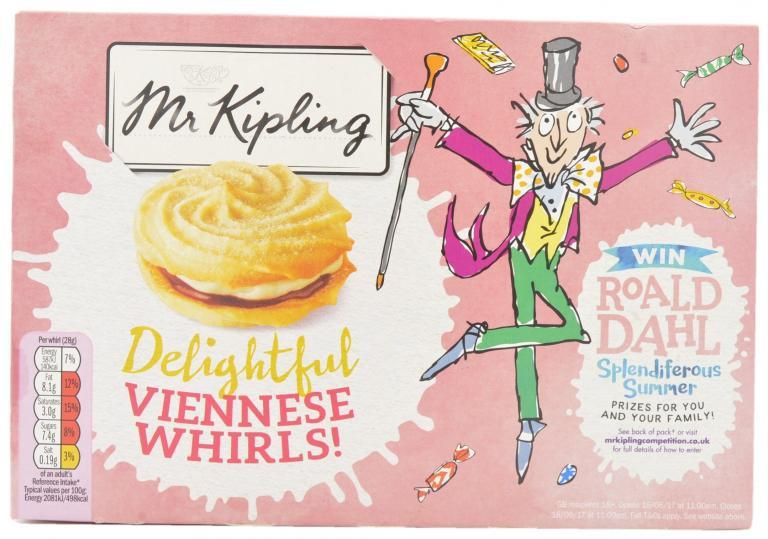
Mr Kipling Viennese Whirls
Mintel
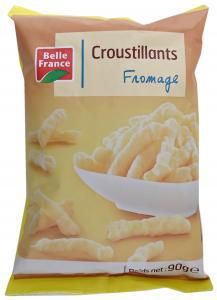
Belle France Cheese Flavoured Crunchy Snacks
Mintel
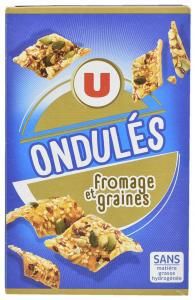
Cheese and Seeds Wavy Crackers
Mintel

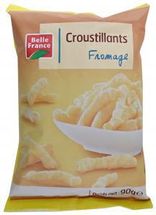
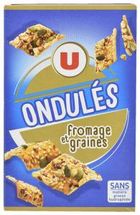
At the recent Fi India exhibition, we highlighted how brands across the world are implementing salt, sugar and fat reduction strategies in their food and drink launches, and how these strategies might hold inspiration for brands in India looking to do the same.
Sugar
Governments all over the world are levying taxes on sugar-sweetened beverages in an effort to improve the health of their citizens. Over the last year, Asian countries like Brunei and Thailand have introduced taxes on sugar-sweetened drinks; while Indonesia, Malaysia, Singapore and Vietnam are looking into it. India too has imposed a hefty 40% tax on carbonated soft drinks.
Despite the fact that low/no/reduced sugar claims are growing in food and drink, as Mintel Global New Products Database (GNPD) shows, highlighting the reduction of sugar is often very risky for producers,since consumers might perceive the products to have diminished taste. One way for brands to approach this is to take on the concept of ‘stealth health’, involving a more covert approach through reformulation without the need for a claim.
For example, UK-based Premier Foods took this approach with its Mr Kipling Viennese Whirls brand by reducing sugar levels by 5-10%. The company worked on this for over a year and was successful in preventing an impact on taste and texture. Premier Foods successfully reduced each whirl from 7.9g to 7.4g of sugar, without needing to communicate this on-pack.
Having said this, transparency and clear communication on low sugar content is vital for products targeted towards children. Brands should promote total sugars clearly and simply in a way that consumers can understand.
Salt
According to the World Health Organisation (WHO), an average Indian consumes nearly 11 grams of salt per day, more than double the daily recommended amount of 5 grams. However, Mintel research highlights that consumers are less concerned about salt than they are about sugar or fat, and younger consumers even less so.
Salt reduction is simply not a top health concern for the majority of consumers. Due to taste concerns, sodium reduction is also likely to remain covert. A slow and steady approach gives consumers’ taste buds time to adapt. However, consumers, especially younger ones, need to be educated on the importance of controlling their salt intake. Brands can link products with low salt/sodium with benefits related to heart and overall health.
For instance, using potassium chloride as a salt substitute is on the rise as it provides a salty flavour and can perform other functional roles (ie microbial management, flavour enhancement) that affect the sensory qualities and shelf life of foods. Belle France Croustillants (Cheese Flavoured Crunchy Snacks) from France only contains potassium chloride instead of salt. The brand has not made any on-pack claim relating to sodium/salt.
Fat
WHO is looking at doing away with industrially produced trans fat used in food and drink by 2023. WHO guidelines suggest using polyunsaturated fats such as corn, soybean and sunflower oils, or monounsaturated fats like canola and olive oils, as replacements for trans fat.
As consumers become more aware of what goes into their food, it will become important to label nutrient and trans fat levels on-pack. Labels offer a form of easy signposting for consumers who follow particular diets, nutritional or cultural customs. For example, the U Cheese and Seeds Wavy Crackers from France has ‘Free from hydrogenated fat’ claim on front-of-pack. This product is said to be free from hydrogenated fat and uses sunflower oil as a healthy alternative to trans fat.
At the same time, not all fats are bad for health. It may work for brands to highlight on packaging the benefits of good fats for health, such as its impact on weight loss and cognitive functions. Good fats are found in foods such as nuts, fish and certain types of saturated fats (like coconut oil and ghee), among others.
What we think
Along with consumers in India, health is also of high priority for regulators. The Food Safety and Standards Authority of India (FSSAI) has proposed a traffic light labelling system on the front of packs that will indicate the level of salt, sugar and fat in packaged food and drink. As part of the ‘Eat Right Movement’, the FSSAI is encouraging packaged food companies to voluntarily reformulate their products to reduce salt, sugar and fat levels. In fact, a number of companies have already committed to doing so. The time is now ripe for brands in India to rethink their strategies to reduce fat, salt as well as sugar, and innovate with added health benefits to cater to this crucial market development.



